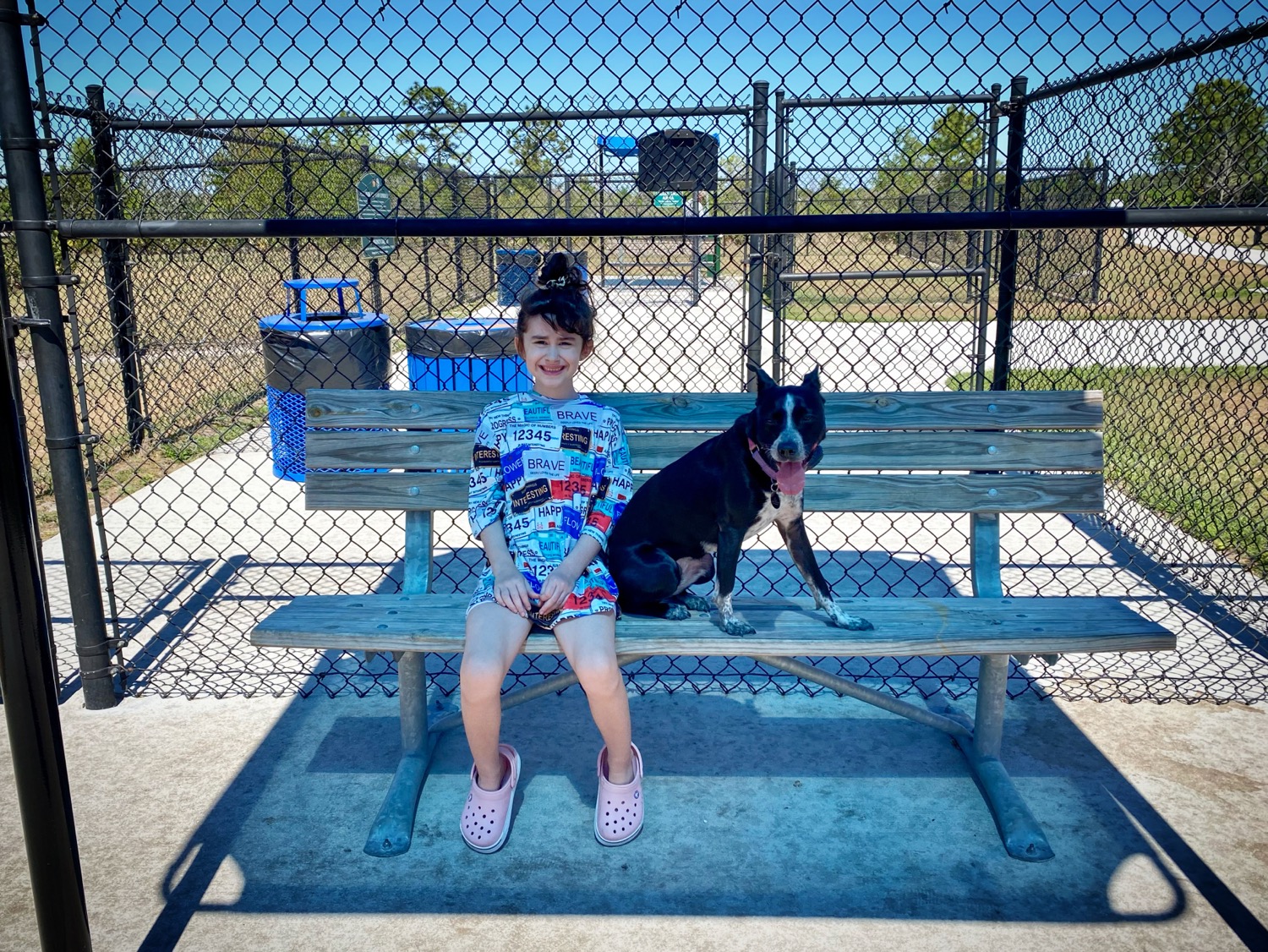Leveraging Crate Training: Transforming Crates into Canine Safe Havens
- Jason Parks
- Oct 25, 2023
- 3 min read
Introduction Crate training, when approached positively and effectively, has the potential to provide dogs with a sense of security and a private sanctuary. Beyond the practical applications of crates in dog training and management, these tools can serve as a constructive aspect of a dog’s living environment. This comprehensive guide offers insights and methodologies to transform crates from mere enclosures to safe spaces, endorsed by esteemed dog training businesses.
1. Understanding the Essence of Crate Training
Purpose Beyond Confinement: Crates are not prisons; they are protective environments where dogs can retreat, relax, and rejuvenate.
Intrinsic Canine Behaviors: Wild ancestors of domesticated dogs often sought enclosed spaces for safety; crate training taps into this natural inclination.
2. Choosing the Right Crate
Sizing Matters: A crate should be spacious enough for the dog to stand, turn around, and lay down comfortably.
Material Considerations: While wire crates offer visibility, plastic crates might provide a cozier feel. Each has its advantages based on individual dog needs.
3. Positive Introduction to the Crate
Incremental Familiarity: Instead of forcing a dog into a crate, place treats or toys inside, allowing the dog to explore the crate at its own pace.
Making it Cozy: Soft bedding, blankets, or a worn t-shirt can make the crate more inviting.
4. Meal Times Inside the Crate
Associating Positivity: Feeding dogs their meals inside the crate can cultivate positive associations with the space.
Gradual Increase in Duration: Post meals, the door can be closed for brief periods, gradually extending the time with each meal.
5. Avoiding Negative Connotations • Never a Punishment Zone: The crate should not be used as a place of timeout or punishment. Such actions reverse the positive sentiments associated with it.
• Crate Time vs. Attention: Over-reliance on crates when dogs seek attention can lead to aversion. It’s essential to strike a balance.
6. The Importance of Exercise Before Crating
Physical Activity: Ensuring the dog is well-exercised before longer crate durations can make the experience less stressful.
Mental Stimulation: Engaging toys or treat puzzles inside the crate can provide mental enrichment during confinement.
7. Handling Whining or Barking
Distinguishing Distress from Desire: It's vital to understand if a dog is signaling discomfort or simply trying to get out.
Consistency in Response: If sure that the dog's needs are met (e.g., bathroom breaks), avoid letting the dog out due to whining, as it reinforces the behavior.
8. Overnight Crating Insights
Close Proximity: Initially, placing the crate in a bedroom can offer the dog comfort, knowing someone is nearby.
Routine Establishment: Consistency in crating times at night helps dogs establish a rhythmic sleep pattern.
9. Safe Toys and Chews for Crate Time
Avoiding Choking Hazards: Toys provided in the crate should be safe for unsupervised play.
Rotating Toys: Regularly changing toys can prevent boredom and maintain interest in the crate.
10. Addressing Special Situations
Puppies and Crating: Younger dogs have limited bladder control; hence crate durations should be minimized.
Rehabilitation and Recovery: After surgeries or injuries, crates can be instrumental in limiting movement and ensuring recovery.
11. Transitioning Out of Crates
Matured Dogs: Some matured dogs, once trained, might not need confinement but still use the crate as their personal space.
Gradual Freedom: Introduce increasing durations of freedom outside the crate while monitoring behavior.
12. The Professional Advantage
Structured Guidance: Dog training businesses can provide customized crate training programs, tailored to individual dog needs.
Addressing Challenges: For dogs with aversions or trauma linked to enclosures, professional intervention can be invaluable.
Conclusion The journey of crate training is one that demands patience, consistency, and a compassionate understanding of canine behaviors. When undertaken positively, the crate ceases to be a mere training tool and transforms into a haven of safety and comfort for the dog. Dog training businesses emphasize the significance of a methodical and positive approach, ensuring that the crate stands as a testament to a dog's personal space, security, and serenity.




Comments